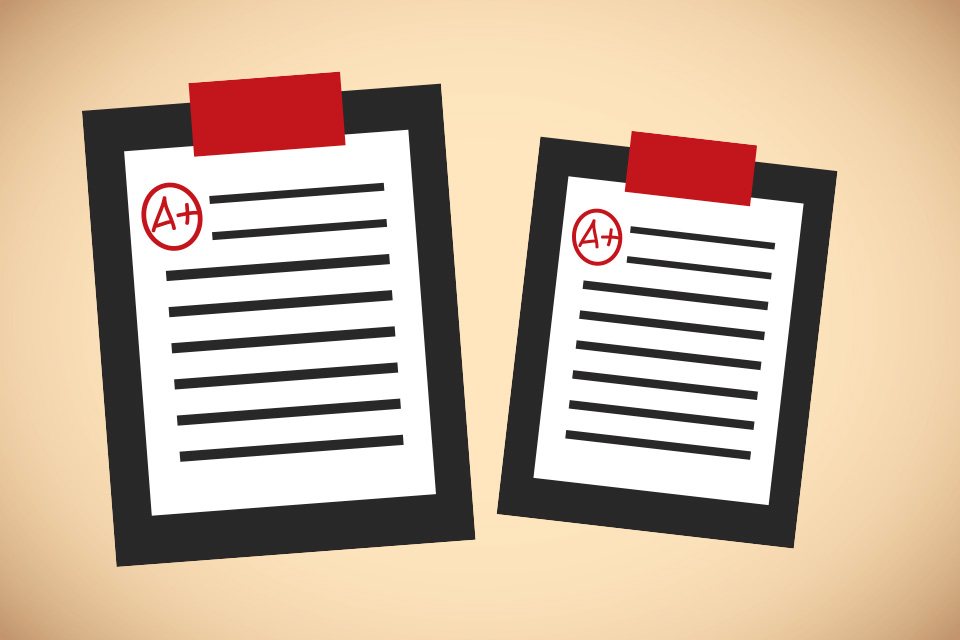How to Coach and Be Coached

Regardless of the skill you are trying to learn or improve, it is important to recognize how you best absorb new information and then make a plan to practice. As an adult, learning something new can be incredibly daunting because, let’s be honest, it’s embarrassing not being able to do something your 10-year-old can do!
Dr. Tim Elmore, founder of Growing Leaders, writes frequently about how to engage the millennial population. He suggests there are four major concepts that coaches and teachers of millennials should employ, but I believe his concepts on teaching spread beyond that specific generation. Through coaching both younger and older athletes in swimming, I have found that today's student prefers to hear stories that document what they are learning. They want to be involved in the conversation to give their opinion. They want to see images that help them process. And lastly, they appreciate when you can keep concepts simple.
As a teacher and coach, I find it’s important to be myself, but to be effective it’s important for me to understand how each of my athletes learns best. My current coaching environment is not built to accomplish physiological training, but rather neural. With one-on-one interaction, it is easy to create a dialog that is engaging and one that my athletes can relate. When practicing a specific skill, I make a point of asking them "What were you focusing on or thinking about? How did that feel? What do you see?" Not only does this engage them in the learning process, but it helps them learn how to coach themselves when practicing on their own. My goal is to build a self-sufficient athlete—one who is building confidence in themselves, is constantly learning, and is able to measure their own success.
As an athlete, don’t expect your coach to give you all the answers. Elmore suggests that coaches engage athletes in the process of learning; try to be open to this challenge. Be prepared to face not only a physical test, but a mental one as well.
A coach at a traditional swim practice does their best to give each athlete feedback, but it is impossible to have eyes on every athlete all the time. Visual feedback seems to be the most valuable piece of information I can give an athlete. When possible, stand in front of a mirror or get filmed when learning a new skill. Know what you look like. Kinesthetic awareness seems to separate weaker athletes from more successful ones. The ability to see where your body is in space may help you control your movements better. Just like when you hear yourself on a recording, I have swimmers swear they don’t look like that when I am showing them actual footage of themselves! It can be an incredibly eye-opening practice. After all, seeing is believing!
In that same vein of thought, try watching footage of athletes doing a skill properly. I am fortunate to have a huge library of tapes of elite-level swimmers that my athletes can learn from, but YouTube can be a great source for anyone to find countless skills videos.
Keeping concepts simple means a few things to me. Break down a movement, understand why it is important or what it will accomplish, and focus on one thing at a time. When you take on something new, give yourself time to learn a skill properly and then repetitively practice it. When I coached elite triathlete and Ironman Pat Evoe, he used his recovery day to head to a pool and literally do drills for 45–60 minutes. No training, just focusing on skills. This strategy allowed him to mentally and physically rehearse the specific skills he was trying to implement into his racing stroke with tremendous success.
When coaching or being coached, recognize that there is a process to get to your desired outcome, and that you have to be part of the process. When learning a new skill, athletes should become problem solvers, take initiative, and notice their confidence growing.
While all these strategies can certainly help you in the learning process, the most important thing you need to do is act on them. You can have the best learning strategies at your disposal, but unless you get out there and practice those skills, you won’t see much progress. Doing a new skill takes discipline and motivation, which can often be hard to summon. Use organizational training tools like goal setting, scheduling, and logging your workouts and progress. Consider hiring a coach, or joining a team or group that can help hold you accountable. It’s okay if you take small steps, just be sure to get out there and take one!






